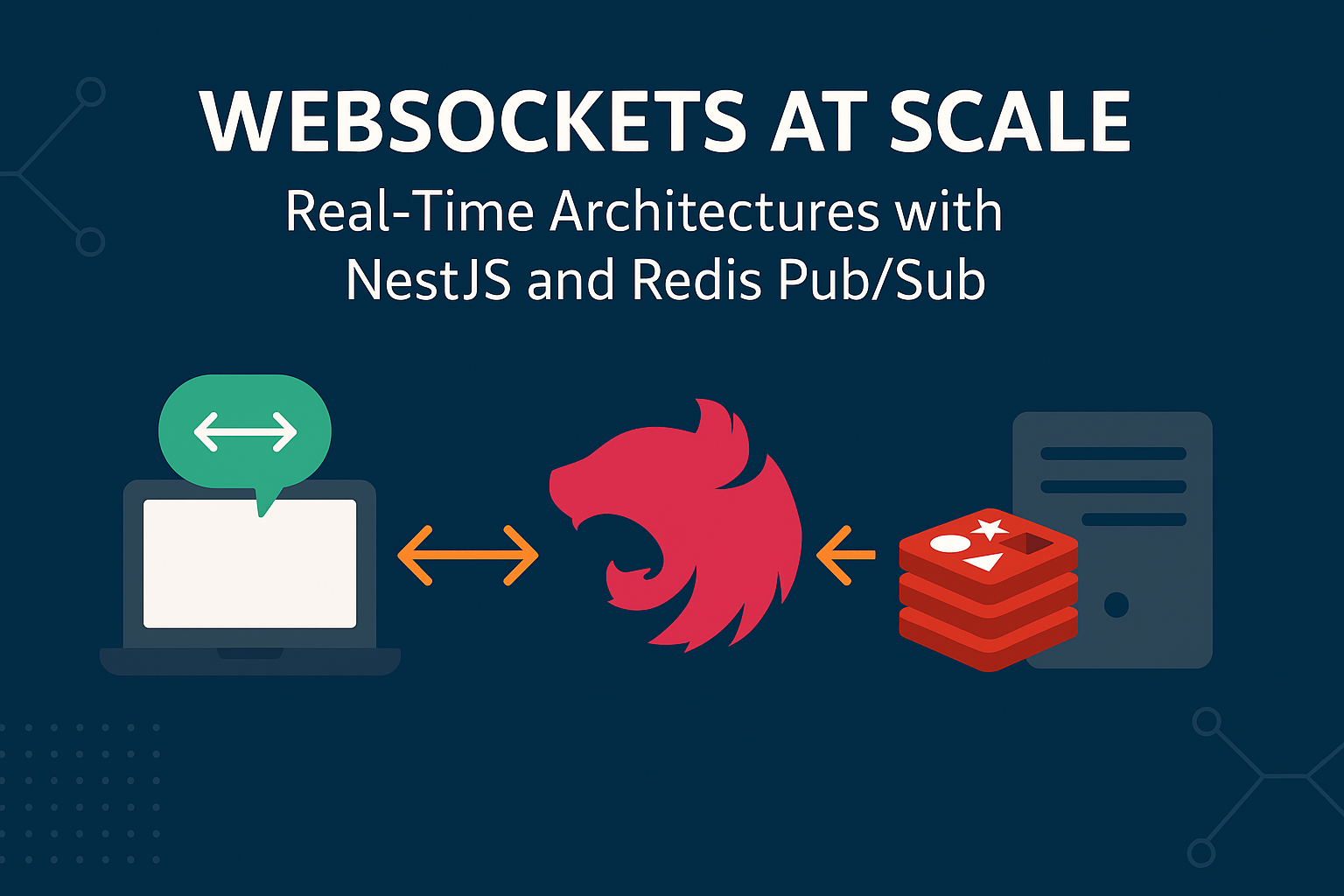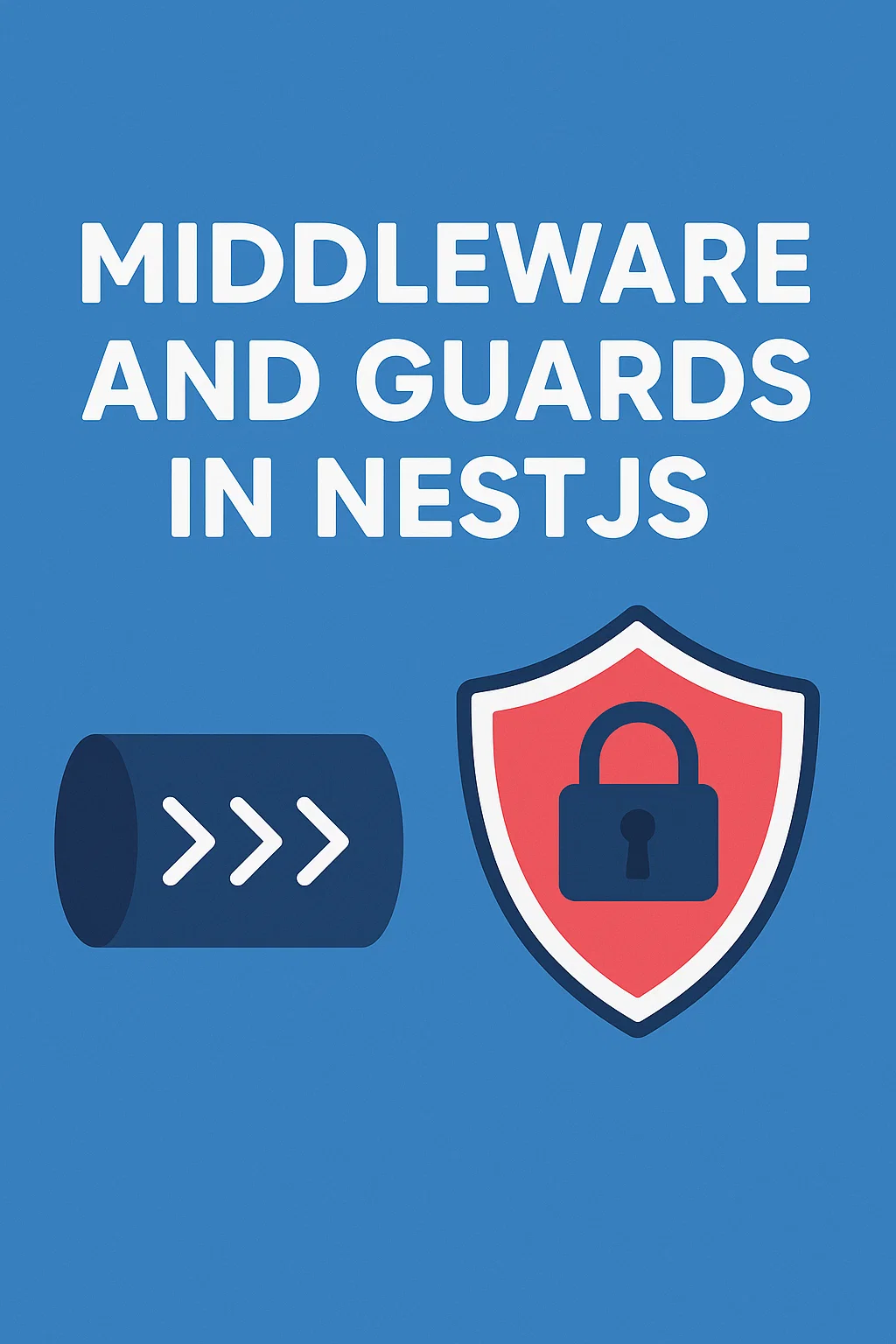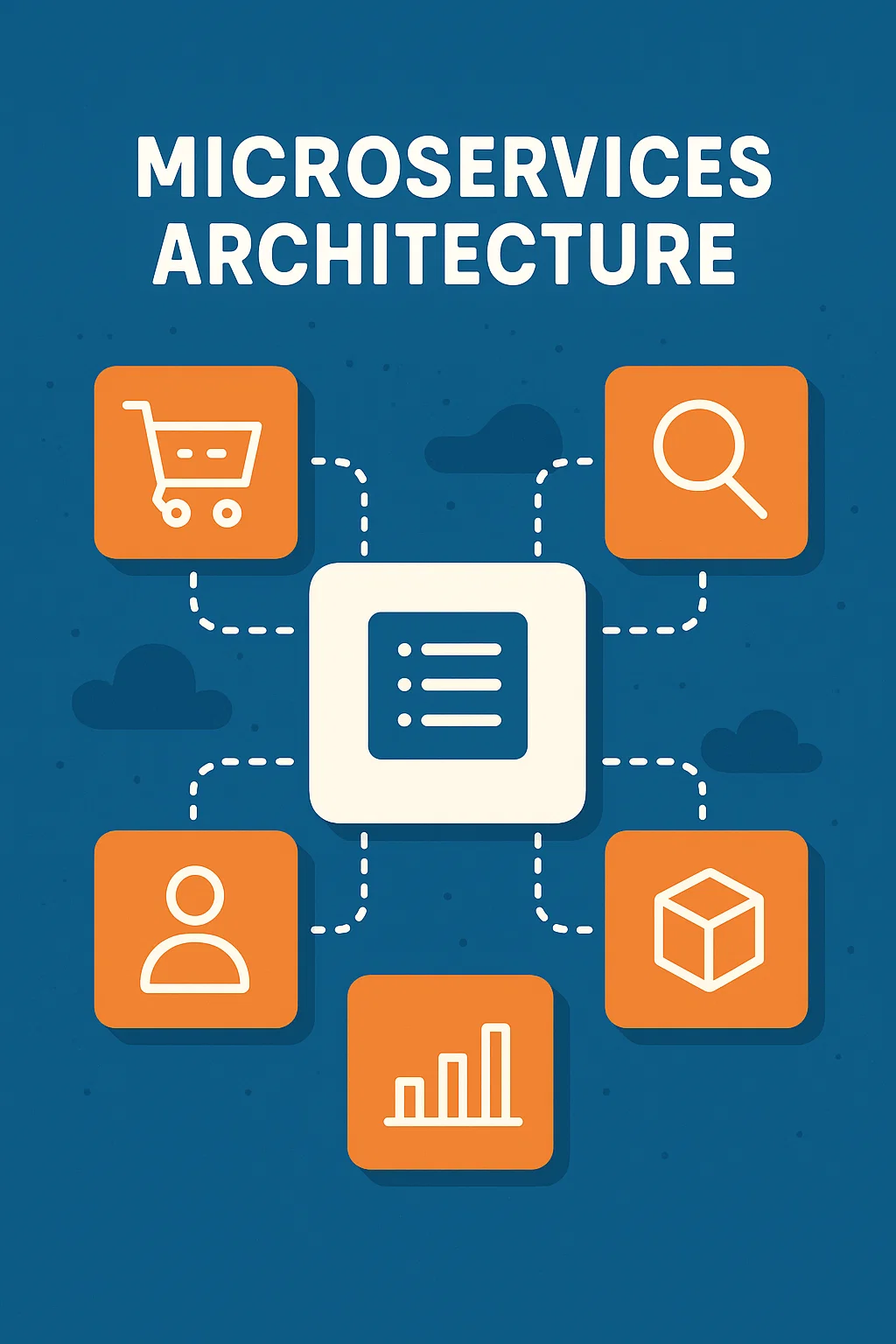Tag: #technicalblog
-

CONTINUOUS INTEGRATION AND DELIVERY (CI/CD)
OVERVIEW Exhausted by chaotic code merges, endless manual testing, and nerve-wracking, error-filled deployment nights? There’s a better way. CI/CD is the game-changing approach that streamlines and automates your path from code to customer, enabling teams to ship software faster, more reliably, and with far less stress. WHAT EXACTLY IS CI/CD? CI/CD stands for Continuous Integration…
-

Building Modern Web Applications with Vite and React
Introduction In the fast-evolving world of front-end development, tools that optimize the workflow and boost performance are invaluable. One such combination is Vite and React. Vite, created by the developers behind Vue, has gained significant traction as a next-generation build tool, while React continues to be one of the most popular libraries for building user…
-

JMeter The Superhero of Performance Testing
Ever wondered how websites handle millions of users storming in on a flash sale without turning into digital soup? The secret weapon is performance testing, and one of the coolest tools in this arena is Apache JMeter. It’s like a superhero for testers—simple, powerful, and ready to save your app from crashing under pressure. Let’s…
-

WebSockets at Scale: Real-Time Architectures with NestJS and Redis Pub/Sub
Introduction In today’s fast-moving digital world, real-time interactivity is no longer optional—it’s expected. Examples include live chat, financial dashboards, collaborative tools, and multiplayer games. Users demand instant updates and seamless communication. WebSockets enable this by maintaining a persistent, full-duplex connection between client and server, enabling low-latency communication. However, building real-time features is just the start.…
-

Reusable Components That Saved Hours – A Guide for Modern React Apps
If you’ve worked on more than one frontend project, chances are you’ve written the same input field, button, or modal multiple times. I’ve been there too — repeating the same code again and again. But then I realized: Why not turn these into reusable components? In this post, I’ll share 3 simple but powerful components…
-

Understanding AWS Lambda: The Serverless Backbone of Modern Applications
What is AWS Lambda? AWS Lambda is a Function-as-a-Service (FaaS) platform that lets you run code without managing servers. You simply write your functions, upload them to Lambda, and AWS handles provisioning, scaling, availability, and monitoring. You’re only charged for the compute time your code consumes. Core Concepts Function: Your code packaged into a single…
-

Exploring Elasticsearch: My Go-To Tool for Super-Fast Search
Exploring Elasticsearch: My Go-To Tool for Super-Fast Search I first started working with Elasticsearch while trying to figure out a way to quickly search through logs. It’s kind of like having a supercharged search engine for all your data, and it’s been a lifesaver more than once! Whether I’m dealing with logs, product searches, or…
-

Middleware and Guards in Nest JS
Introduction Securing your application is a critical part of development, especially for APIs. In NestJS, you can enhance security by leveraging middleware and guards to handle requests and control access. Both middleware and guards can be customized to fit the specific needs of your application. This blog post will explore how to create middleware and…
-

Microservices Architecture
Introduction Microservices architecture is a design pattern where an application is composed of small, independent services that communicate with each other. This approach allows teams to develop, deploy, and scale services independently, improving flexibility and maintainability. Key Characteristics of Microservices:- Challenges of Microservices :- 1. Complexity in Management 2. Network Latency 3. Data Consistency 4.…